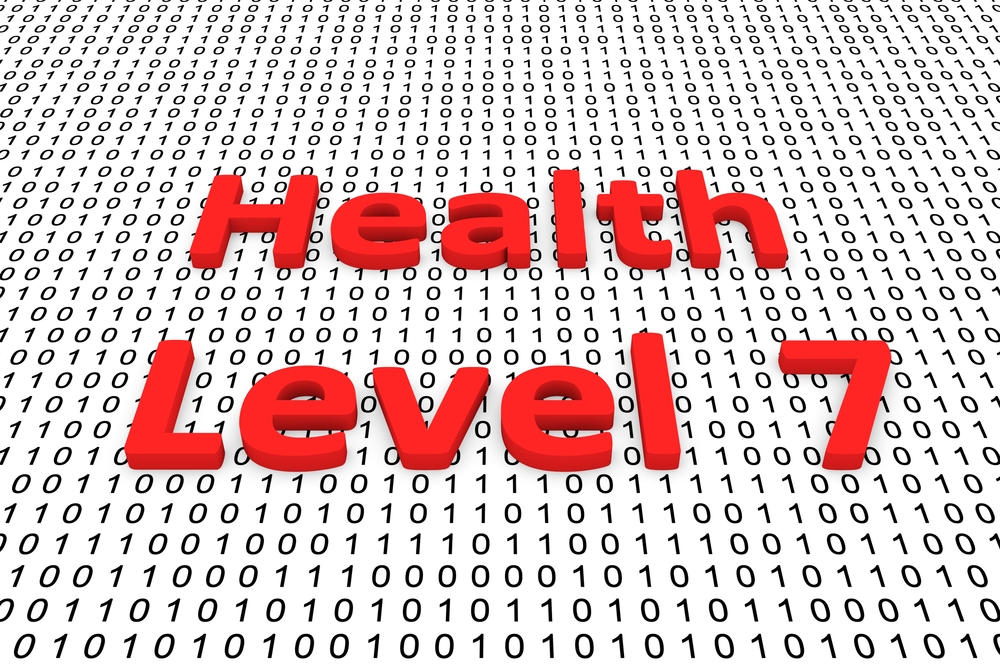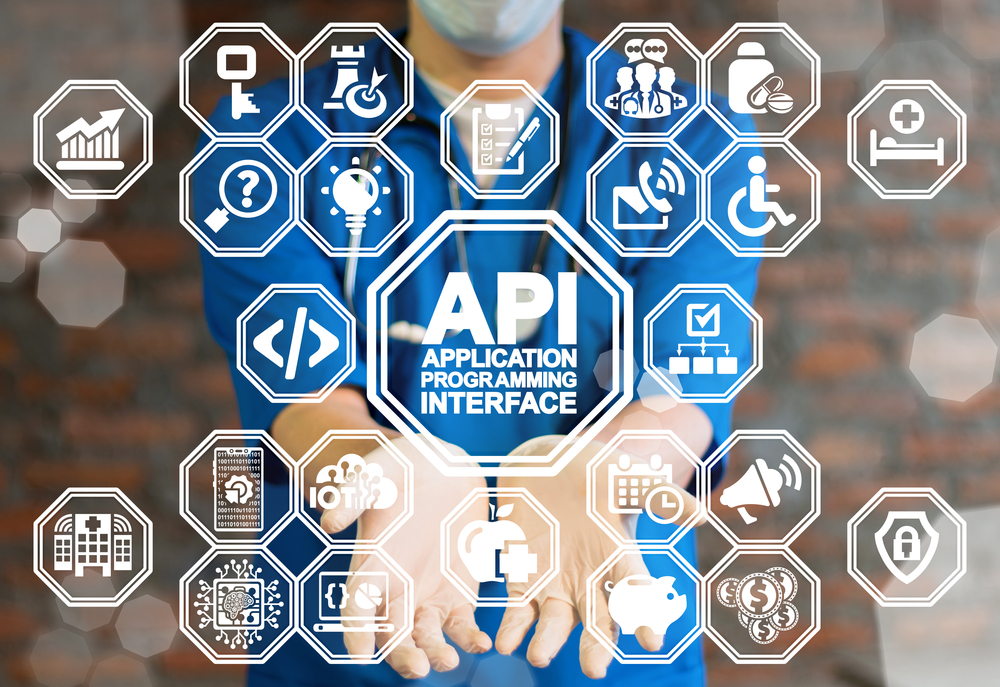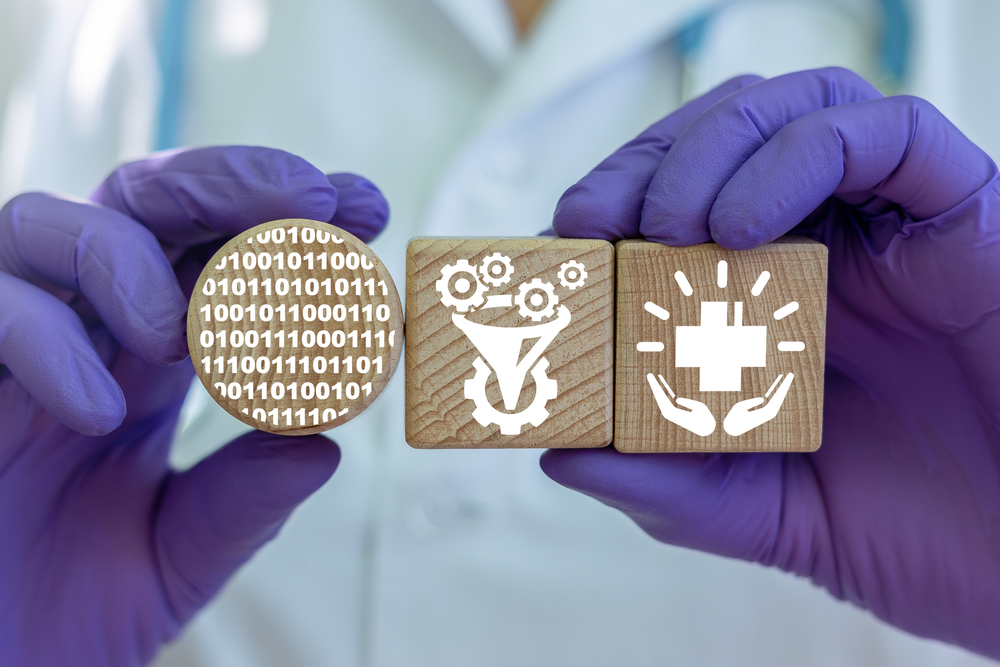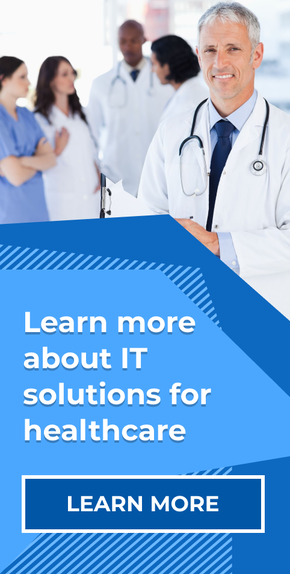What if all hospital information systems were independent states that communicated with each other by sending diplomatic notes — each in their own language? This might sound like fiction, but it describes the situation in many medical facilities before HL7 integration. Of course, the era of passing paper notes is over, but manual data exchange between multiple systems is still a harsh reality of today’s medical industry.
HL7 was designed to address this communication issue by improving the content of clinical data and providing the necessary structure. With HL7, the entire cycle of collecting, interpreting, and exchanging medical information is efficient and error-free. Practices can easily share diagnoses and lab results across EHRs, doctors can quickly access medical histories, and nurses are able to monitor planned procedures.
So what exactly is HL7 integration, why is it so important, and how does it work? In this article, we’ll answer these questions and provide a few HL7 integration use cases.
But let’s open with a brief definition.
What is HL7 in healthcare?

Health Level Seven (HL7) is a set of standards that define how medical information is collected, processed, and exchanged. It’s a universal healthcare IT language spoken by the majority of the world. The eponymous non-profit organization created HL7 with the intention “to provide standards that empower global health data interoperability.” Here are the most essential of these standards:
-
HL7 V2 is the most widely adopted messaging standard for health and medical data transactions in use today.
-
HL7 V3 is the next iteration that includes both messages and documents, and introduces a more comprehensive information model
-
HL7 CDA standards (Clinical and Administrative Domain) are a part of the HL7 V3 specification that focuses on clinical documents
-
HL7 CCD standards (Continuity Care Document) define patient medical summaries for the US market
-
HL7 EHR is a collection of profiles and functional models for managing Electronic Health Records
-
HL7 FHIR, or Fast Health Interoperable Resources, is the newly developed standard built with modular components and optimized for use with web-based APIs (Application Programming Interfaces)
How does HL7 in healthcare work?
It provides a common framework for effective data communication within medical practices, between organizations, and with patients. Let’s have a detailed look at why HL7 is well worth the methodical and thorough integration it requires.
What are the HL7 integration benefits

The US healthcare industry is incredibly complex and is sitting on an ever-increasing mountain of information. Studies suggest that each patient contributes about 80 megabytes of EMR and imaging data annually. Most of this data is stored and processed in isolated pools that belong to different medical institutions. What’s even more disturbing is that data can be dissociated and poorly structured even within the IT systems of a single institution.
Large healthcare providers usually rely on a variety of IT systems to keep their administrative, diagnostic, and treatment services running. A typical hospital, for instance, may use an HIS (Hospital Information System), an EMR (Electronic Medical Record), an LIS (Laboratory Information System), an RIS (Radiology Information System), and a PACS (Picture Archiving and Communication System). These systems all gather and generate information, but the different data formats they use prevent effective communication between them.
HL7 data integration can solve this problem in a number of ways. Below, we outline the main benefits you can achieve by implementing HL7 standards.
Ensure data uniformity across the infrastructure
Legacy IT systems created by different software developers inevitably use diverse data formats and transmission protocols. Some of them have built-in data interpreters, but others may lack this functionality and require time-consuming manual input. By adhering to the HL7 standards, medical organizations can achieve complete compatibility across all their data exchange practices. Hospitals, for example, can seamlessly collect and process patient information from admission and diagnosis to treatment and medical billing.
Facilitate the process of making medical decisions
Doctors need to act fast, especially in emergency situations. Critical information about the patient’s allergies, the medications they’re currently taking, and treatment history need to be available immediately. HL7 data integration can dramatically speed up the decision-making process by removing inconsistencies in data formats and minimizing delays in queries between systems.
Enable a standardized data exchange with external sources
There’s often a need to share information with external healthcare software or other medical facilities for reference or research reasons. HL7 bridges the gap in data exchange interoperability thanks to HL7-FHIR integration through web APIs. The newly developed standard goes beyond clinical data integration and focuses on data formats like JSON and XML used by mobile applications. Read also: Data Exchange Standards in Healthcare
Healthcare data security is another concern when sharing sensitive patient information. The latest HL7 standards and protocols do not mandate a uniform security approach, but their specifications enable building secure, protected data systems with minimum effort. In particular, creating HIPAA-compliant applications is easier with HL7.
Help provide better patient care
Today’s patients have come to expect a certain level of service, and online access to their personal, diagnostic, and prescription data is on the list of demands. The number of digital health applications and different personal health devices, from wearable heart monitors to insulin pumps, is growing. HL7 provides a framework for the sustainable data ecosystem needed to support the intensifying exchange of medical data.
Integration of an HL7 interface in medical centers leads to streamlining the practices of acquiring, storing, and processing data. Unencumbered by administrative burdens, medical professionals can concentrate on providing better care to their patients.
We mentioned the most important benefits of HL7, but in practice, there are many more of them.
Now, let’s discuss the most effective HL7 hospital integration strategy.
HL7 integration via APIs

Using APIs in healthcare is currently one of the most relevant best practices to integrate HL7. Here’s why:
-
APIs offer a universal approach. Regardless of the operating system or programming tools used, APIs deliver the secure and reliable data connection required for sensitive medical data.
-
Modern web APIs are the link to non-clinical software. While there are other ways to integrate HL7 standards into the internal workflow of a healthcare institution, web-based APIs give you the benefit of external connectivity. Need to connect your EHR to e-prescription software? APIs can give you the necessary speed and compatibility. Want to use other mobile healthcare apps and suites like Salesforce? They can easily be linked to your database via APIs. Or, if cloud integration is what your heart desires — APIs can do that as well.
-
APIs are reusable. This means that once an API is created for a specific purpose, it can be used to provide the same functionality across multiple applications. In business terms, this roughly translates as “huge savings on development.”
There’s no doubt that APIs are the future of HL7 integration, as they offer so much functionality while still being relatively easy to develop and implement. With FHIR APIs, there’s also an added bonus: they file under the so-called REST APIs, which ensures compatibility with the largest array of web services.
Another piece of good news is that many open source FHIR APIs are already available for download. However, keep in mind that implementing them requires the expertise of a software company.
So whether you need to update your PACS with SFTP and VPN support or create a doctor appointment app for your patients, using APIs is the best way to connect to your HL7-compliant database.
Need more cases to illustrate what the adoption of HL7 can do for healthcare? We have them right below.
HL7 integration use cases

To give you a better idea of what the advantages of HL7 integration look like in the field, we’re providing several examples. Hopefully, you’ll find a case that’s relevant to your medical business.
EHR management for incoming patients
According to HealthIT.gov, a healthcare facility could spend anywhere from $48,000 to $58,000 on an EHR solution over a five-year period. This is exactly the kind of situation where HL7 integration can help ensure maximum interoperability and make the best of the investment. The ability to integrate HL7 data from an EHR system from another healthcare facility is a huge time-saver and a major step toward providing better patient care.
Exchange of information between hospitals
Enabling an uninterrupted flow of electronic health data is one of the core benefits of HL7. It’s especially valuable when it comes to communication between medical facilities. Using the standards provided by FHIR and the functionality of web-based APIs, hospitals can share their patients' data during transfers or access a common knowledge base on perplexing medical cases.
Information exchange with regulators
It’s no secret that the medical industry is among the most heavily regulated in the US, and healthcare providers are obliged to share information with official bodies. Achieving hl7 compliance can drastically simplify and facilitate this process. For instance, companies involved in the development of biopharmaceuticals or medical devices can now exchange specifications with regulatory agencies electronically.
Shift management
Maintaining an optimal workload is essential for reducing overtime, as well as for keeping your medical staff in good health and in high spirits. However, aligning the needs of employees with real-time demand for care is no easy task. With HL7 integration, you can feed your shift management engine all kinds of relevant data and see real-time feedback. Input your caregivers’ qualifications and personal preferences, along with patient load into the scheduler and form shifts that are efficient and fair. Read also about healthcare staffing platform development and EDI in healthcare.
Patient services: external EHR, scheduling, reminders
Today, patients want to manage their health the same way they manage their finances: conveniently, remotely, and on a smartphone. To create an EHR-like patient portal with scheduling and reminders for appointments and access to medical history and other sensitive information, healthcare providers need secure data protocols. Luckily, the HL7 ecosystem has doctor-recommended standards and APIs in place.
Process automation
A medical institution can save big on administrative expenses by automating redundant and repeated actions. A standardized HL7-compliant data workflow can help personnel significantly reduce the time spent on manual data entry and exchange between departments. With proper hl7 EMR integration, data like encounter records, lab tests, and prescriptions can be structured and synchronized immediately.
If you haven’t come across a case that is pertinent to your business model, don’t despair: the Demigos team can always find a custom solution to your data integration challenges.
You will find interesting: How to avoid data breaches in healthcare.
The takeaway
Ignoring innovation is unaffordable in today's Covid-altered reality. Healthcare is taking huge leaps in telemedicine adoption, and patients are demanding better access and control. The HL7 system of standards has become the workhorse of medical data integration. Healthcare providers and medtech startups must seize this opportunity to create better, more robust data environments. In the end, it’s a win-win situation for businesses and their clients.
At Demigos, we have a huge hl7 integration expertise and are prepared to offer our expert assistance and make your transition to HL7 as swift and painless as a poke of a needle. When it comes to developing and testing reliable software on a reasonable budget, our engineers have a steady hand.
Get in touch with us, so you can beat the competition and have your HL7-compliant data system ready in no time.






